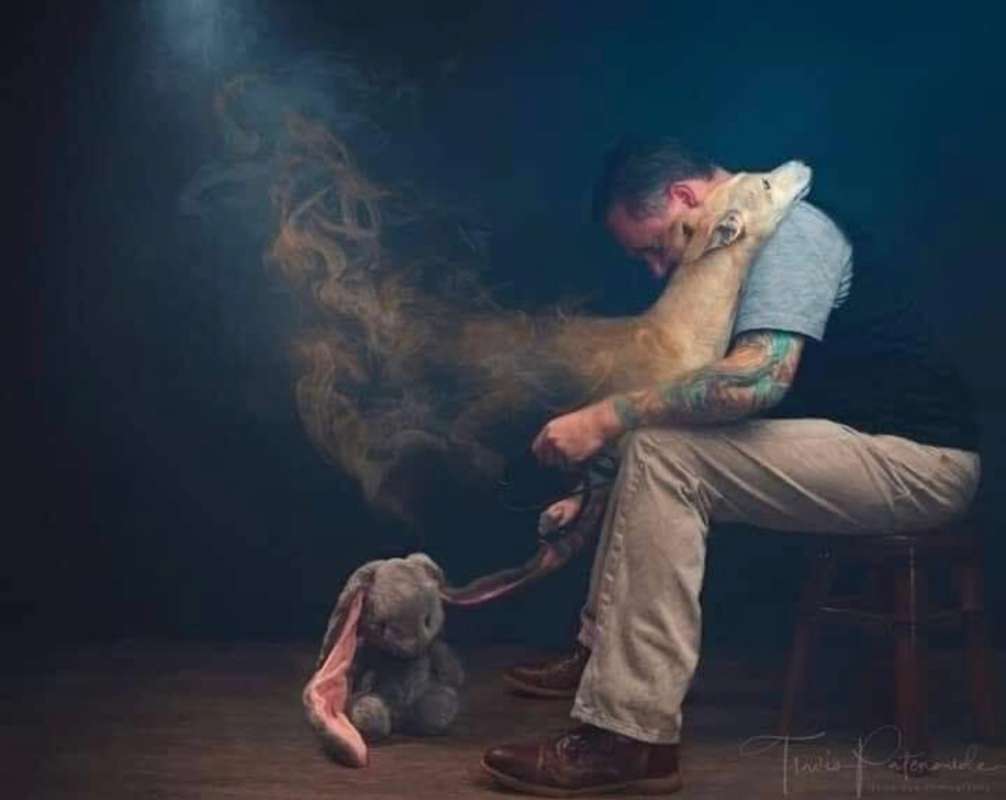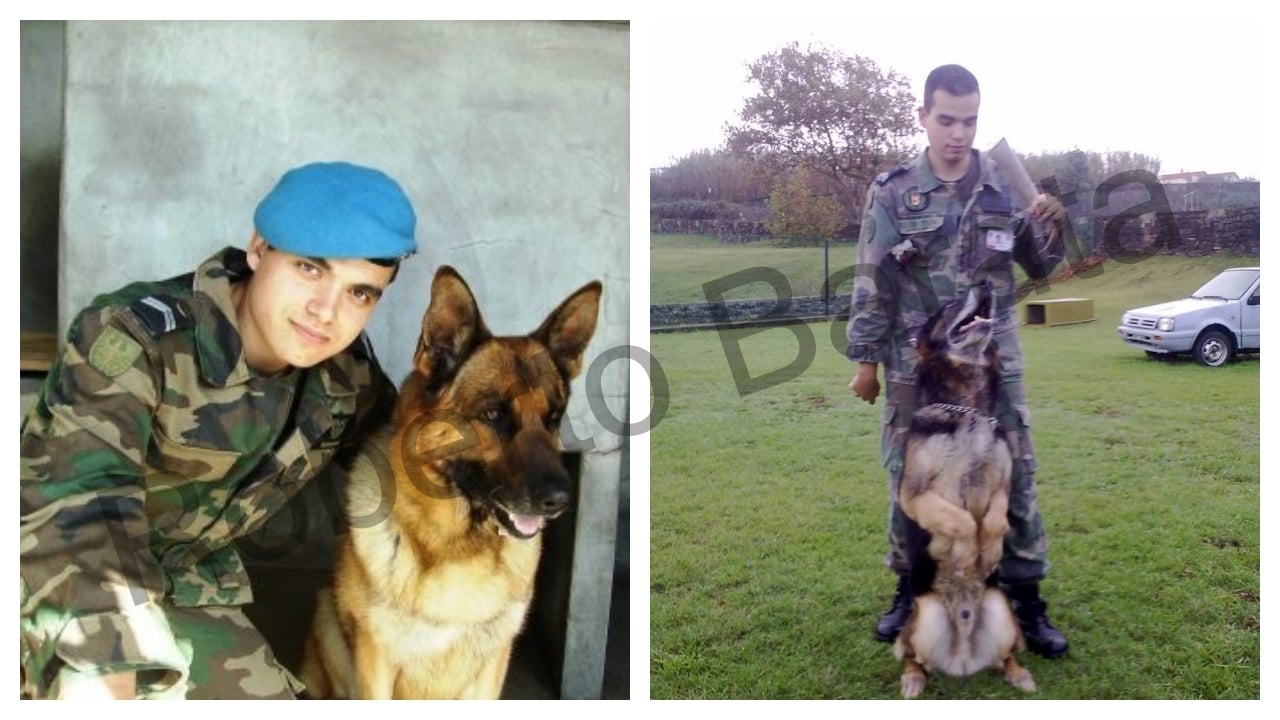
Date: April 18, 2023
Author: Roberto Barata
How to cite: Barata, R. (2023). Why Don’t They Say “Goodbye”?. Human-Animal Science.
Pet loss
Losing a pet may be challenging for many people, as pets are frequent companions that provide unconditional affection and emotional support. The bond between a pet and its owner is unique and, in some cases, more substantial than that of human partnerships, making their loss more devastating. Furthermore, because most pets live shorter lives than people, their deaths can teach valuable lessons about coping with grief, loss, and death. The same applies to others species which humans develop a bond.
Children, in particular, form close bonds with their pets, who serve as friends and playmates. Nonetheless, the loss of a pet can be difficult owing to a lack of social support and understanding from people who may not completely grasp the significance of the link between a pet and its owner. The nature of the human-pet interaction can make pet loss more difficult. It is frequently referred to as disenfranchised grief, which means that others may refuse to accept or validate it. Some people may experience incredible insensitivity from others when they are grieving the loss of a pet. This could be because of a long-held social image of animals as objects rather than living beings, as well as a dread of emotional pain.
Normal sorrow can create mental instability, although it is deemed normal if fundamental requirements are addressed, such as bathing and feeding oneself. Grief can interfere with sleeping and eating habits, as well as with energy, attention, memory, and focus. It is common to feel a variety of emotions, such as astonishment, despair, wrath, perplexity, acceptance, introspection, and delight, without a clear trend. Each loss has a different time range for grieving.
Seven recurrent themes in pet loss mourning have been found by research, including characteristics unique to companion animal loss, such as the strength of the human-animal attachment, euthanasia decisions, and a lack of empathy from loved ones.
The emotions experienced after the death of a pet can often feel more profound than any previous grief, including the loss of a parent. This intensity may be attributed to the daily intimacy and companionship we develop with our animal companions and the symbolic representation of specific stages in our lives.
This heightened level of grief does not diminish our love or value for our human family members. The intensity of emotions experienced after the death of a pet is a normal part of the grieving process and should not be disregarded.
Coping strategies
While pet loss mourning is similar to other types of grief, it also has distinct characteristics. Individuals may benefit from coping mechanisms such as self-sufficiency, social support, or professional assistance, which may contribute to personal growth following pet loss grief. Several coping strategies can help individuals manage their emotions and find comfort during the difficult time of pet loss. One such approach is to create a memorial or tribute to the pet, such as a memory book or artwork, which can provide comfort and a sense of closure.
Seeking support from friends and family who have experienced pet loss or from a therapist can also help manage grief and engage in self-care activities like exercise, meditation, or writing. Focusing on the positive memories and experiences with the pet can also aid in coping with the loss, as can seeking validation from others that the decision to euthanize was right. Additionally, being guided in preparing for the pet’s death and providing appropriate veterinary care can lessen the impact of loss and alleviate feelings of guilt associated with the decision for euthanasia.
It is essential to note that factors such as personal beliefs, life stages, critical life events, and animal attributes can alleviate or aggravate the experience of pet loss. Veterinary professionals can play an essential role in helping individuals cope with pet loss by offering practical advice and counseling on the decision for euthanasia and providing immediate grief support.
People with children who experience a loss should be mindful of how they deal with their grief, as their children will take cues from them. Being open and honest about sadness, including crying if needed, can help children feel less alone. It’s necessary to inform children of the facts surrounding the loss and include them in saying goodbye. Offering choices can give them a sense of control during a difficult time. If a child regresses in behavior, people should prioritize support and understanding rather than embarrassment.
Overall, seeking social support from others and engaging in self-care are crucial coping strategies for dealing with pet loss.
When I didn’t say “Goodbye”
Upon commencing my career in the Air Force 18 years ago, I possessed a certain degree of confidence in my familiarity with working alongside civilian canines, derived from my experience from a few years prior. I believed myself to be well-versed in the traditional, “old school” methods of training and handling dogs. Nevertheless, it took me only a short time to realize the extent of my knowledge gap. My understanding of dogs’ behavior and training techniques improved significantly under the guidance of two exceptional canine mentors, Holly and Spike.

Holly (left) and Spike (right).
They imparted valuable lessons that have resonated with me throughout my career. They taught me the significance of constantly expanding my knowledge and deepening my understanding of them.
They demonstrated the importance of living in the present moment and cherishing every experience and relationship, as well as being patient, adapting to unexpected situations, and appreciating the simple joys of life, such as a good belly rub, a long walk, or merely being present. Most notably, Holly and Spike displayed something pure and unyielding, regardless of how one may call it. They showed me what it means to connect with another being and persevere in the face of adversity. I am immensely grateful for their lessons; their memories will always remain close to my heart.
Holly was my inaugural canine companion in the Air Force. Initially assigned to me by another former trainer, I frequently heard the phrase, “It is not your dog.” However, I questioned why that should be the case. We worked tirelessly as a team. Regrettably, Holly developed dysplasia, prompting me to find a suitable family to provide him with a fulfilling life. It was a bittersweet moment when I said goodbye to Holly, knowing that I was doing the right thing for him, but I also felt a profound sense of loss. Tragically, an unexpected event cut his life short in the new family, who gave him the best life possible.
Then, there was Spike, a dog labeled “antisocial” and abandoned to a life of confinement in a kennel. I was determined to prove everyone wrong and show Spike he was worthy of love and affection. It was a difficult journey, and sometimes I felt like giving up. But seeing the transformation in Spike’s behavior and demeanor made it all worth it. He taught me about patience, resilience, and determination. I couldn’t bear to say farewell to my loyal friend when I left the Air Force. I left without giving him a proper goodbye, and he remained there until his final moments.
A deep sadness washed over me as I stood there pondering the power of goodbyes. It was a realization that goodbyes were not just words but held immense emotional weight. Saying goodbye to someone we hold dear can evoke sadness, longing, and heartache. And yet, I couldn’t help but wonder – why did goodbyes have so much significance?
Why don’t they say “Goodbye”?
“Goodbye” is derived from “God be with ye,” a phrase from 16th century England used to express well wishes during separation or travel. Cultural and historical contexts also influence ideas about language and truth in philosophy and linguistics.
The “goodbye experience” remains beyond the purview of scientific explanation. Although I strongly support the scientific method, we should continue to accept this as an unknown until we have objective approaches to understanding it.
Since individuals may respond in diverse ways and have unique processing mechanisms, it is crucial to acknowledge and respect the idiosyncrasies of each situation. Echoing Darwin’s principle of “difference of a degree, not a kind,” I maintain the conviction that individuals express farewell and grief in their distinctive manner.
But they don’t need to say goodbye, and they don’t have to because they will never leave us. The prospect of saying goodbye breaks our hearts, yet we know deep down that they will never truly leave us. Their energy stays like a warm embrace we can feel even when they are not present. They will always be knitted into the fabric of our souls, and their memories will guide and inspire us. So, even if they never say “goodbye” in our view, they keep their love with us constantly, providing us with enormous peace during their departure because we did everything we could to improve their lives while they were physically with us.
Conclusion
Although a natural conclusion to life, death can be a difficult and emotional experience. It is a time when we are forced to confront the fragility of our existence and that of those around us. However, seeing death as a normal part of life allows us to offer comfort and support rather than struggling against an inevitable force. Accepting death enables us to value our lives and the lives of those we cherish even more. We can use our understanding of death to help others navigate this often challenging part of life. Though it may be painful, embracing life’s natural order can ultimately bring peace and closure.
Dogs and other species guide and help us learn important life lessons. Their gentle presence brings light to our lives, and we are grateful for their positive influence. We learn from each other, and our friendship deepens as we better understand one another. This heartfelt journey is transformative, and we are forever grateful for the opportunity to cross our lives on this planet.
References
Adams, C. L., Bonnett, B. N., & Meek, A. H. (1999). Owner response to companion animal death: development of a theory and practical implications. The Canadian veterinary journal = La revue veterinaire canadienne, 40(1), 33–39.
Barata, R. (2019). The Best Teachers. Human-Animal Science. (Unpublished)
Cordaro, M. (2012). Pet Loss and Disenfranchised Grief: Implications for Mental Health Counseling Practice. Journal of Mental Health Counseling, 34(4), 283–294. https://doi.org/10.17744/mehc.34.4.41q0248450t98072
Corr, C. A. (2004). Pet Loss in Death-Related Literature for Children. OMEGA – Journal of Death and Dying. https://doi.org/10.2190/HXQY-DU5D-YC39-XKJ9
Dzokoto, V., Hill, A., Twum-Asante, M., & Hayfron, A. E. (2018). Saying more than goodbye: emotion messages in Adinkra symbols. Journal of Visual Literacy, 37(4), 255–275. https://doi.org/10.1080/1051144x.2018.1500199
Reisbig, A. M. J., Hafen, M., Siqueira Drake, A. A., Girard, D., & Breunig, Z. B. (2017). Companion Animal Death: A Qualitative Analysis of Relationship Quality, Loss, and Coping. OMEGA – Journal of Death and Dying, 75(2), 124–150. https://doi.org/10.1177/0030222815612607

